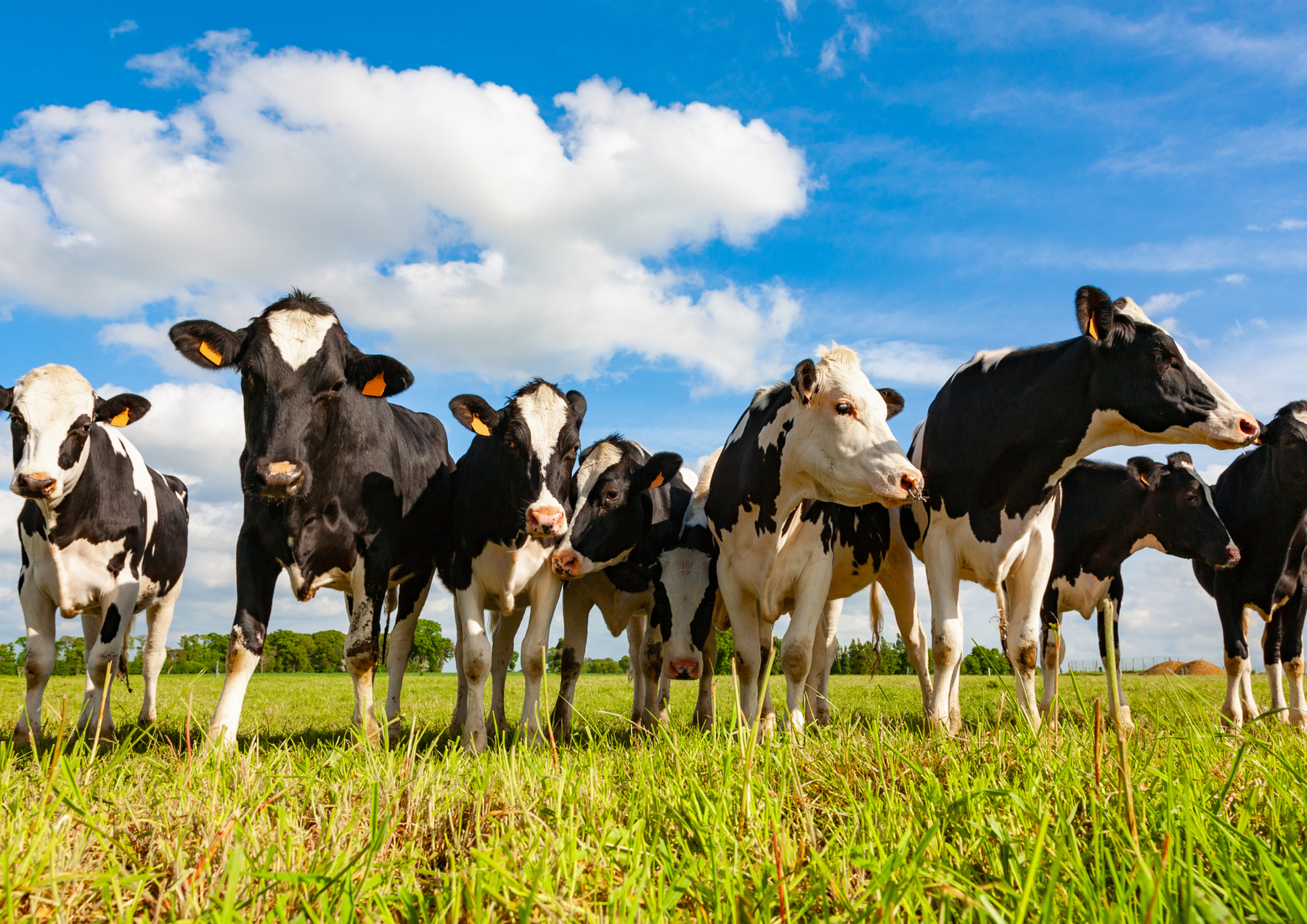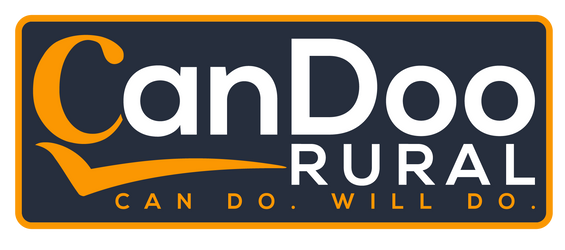
How cattle handling equipment can increase safety
For many farmers, Cattle handling safety is crucial to ensure the well-being and safety of both humans and animals involved. It is important to understand what equipment you need, and how cattle handling equipment is used to increase safety.
Our guide will take you through the importance of cattle handling safety, the main purposes of cattle handling equipment, and the different types of cattle handling equipment.
The purposes of cattle handling equipment
Ensuring that cattle are handled safely is important for many reasons, essentially to ensure the well-being of both humans and animals. Below we have highlighted the key points on the importance of cattle handling safety.
Human safety
Several risks can be posed upon human handlers when it comes to cattle, especially larger livestock such as bulls or cows. If the cattle feels stressed or threatened, they can kick, charge and potentially trample handlers. Cattle handling equipment along with properly practised handling techniques can minimise the risk of injuries upon human handlers.
Animal Welfare
The welfare of animals is also a contributing factor to safe handling practices. If animals are stressed, injuries to the animal become a higher risk. Calm handling methods can reduce the possibility of animals becoming stressed, and can minimise the risk of physical harm to the animal.
Productivity & efficiency
Efficiency is improved when effective cattle handling techniques are applied in operations such as herding, loading, or the administration of medical treatments. When calmly handled, cattle move in a more predictable manner, making these tasks quicker, easier and safer for both animals and humans.
Financial purposes
Preventing accidents with safety measurements can help reduce stock if someone is injured and needs medical expenses, if equipment is damaged or if productivity is minimised due to animal injuries.
Legal Compliance
For some places, regulations and guidelines will be in place concerning both animal handling and safety of workers. It's important these are followed to ensure legal compliance alongside demonstrating commitment to both ethical and sustainable practices.
Educating and training
Ensuring everyone has up to date training not only improves safety practices but enhances herd management skills. Cattle handling equipment serves as a tool for handlers to be trained in safe and effective management practices. This provides a structured framework for learning, and carrying out practice efficiently.
Public reputation
The public increasingly values ethical treatment of animals in agriculture. Demonstrating responsible cattle handling practices can enhance the reputation of farms and ranches, contributing to consumer trust and support.
Risk Management
Cattle handling equipment is designed to minimise chances of cattle escaping, kicking or behaving unpredictably during handling procedures. Reducing the risk of injuries and accidents for cattle and handlers.
Types of cattle handling equipment to improve safety
There are several types of cattle handling equipment which can significantly increase safety when used properly and increase effectiveness.
Loading Ramps and Gates
When designed correctly, loading ramps and gates help the practice of loading and unloading cattle onto trailers and trucks. Ramps should be non-slip and provide cattle with enough space for smooth movement.
Sorting Gates and Panels
By bringing sorting gates and panels into practice handlers will be able to separate individual animals or groups of animals efficiently. This will help manage cattle during loading, unloading, or moving them between pens with minimal stress and no cause of injury.
Cattle Chutes
Cattle chutes are key for ensuring cattle are restrained safely during procedures such as vaccinations, tagging and health checks. By minimising cattle movement the risk of injury for both animal and handler is reduced.
Headgates or Head Restraints
Head gates and restraints are used when administering medications, checking teeth or conducting veterinary examinations to prevent animals from kicking or moving suddenly.
Crowding pens
When moving cattle into chutes or loading areas, crowding pens are used to help safely guide the animals forward in a calm manner whilst preventing them from turning back or escaping.
Non-slip Flooring
Providing flooring materials with good traction reduces the risk of injury from cattle or handlers slipping.
Squeeze Mechanisms
Squeeze mechanisms are adjustable sides on chutes that press gently against cattle keeping them still without causing major stress. These are useful during procedures where minimal movement is required from cattle.
Handling hatches and access points
When handlers need to access a specific part of the animal's body whilst keeping other parts restrained, handling hatches and access points can be used. These are commonly used when applying treatments/medications or during veterinary procedures.
Choosing the right cattle handling equipment for you.
Overall, cattle handling equipment can improve safety for both cattle and the handler drastically. When choosing which cattle handling equipment is best for you, it's important to clearly map your main purposes for the equipment and to look at the key aspects each piece of equipment can bring to practise.
Cattle handling equipment at Candoo Rural
Here at Candoo Rural, we have a wide range of cattle handling equipment ranging from adjustable loading ramps to panels and gates. Whether you're ready to place your order, or just need more information, get in touch with our team and we will be more than happy to assist you. Simply call us on 03 9314 5289 or email us at sales@candoorural.com.au.
